Radon Testing |
Home Inspection
Radon is a naturally-occurring radioactive gas that disperses rapidly outdoors, but can cause problems when present in your home. Thankfully, this odorless, colorless, and inert gas is easily controlled and managed.
Though radon is present in the atmosphere in trace amounts, higher concentrations have been identified as one of the leading causes of lung cancer in the United States. It ends up in our homes through a process called ‘radioactive decay’, where the uranium found in the rocks and soils below Earth’s surface begin to break down and starts to migrate upwards towards the atmosphere. It then enters the home via cracks and gaps and buildings.
The only way to know if radon is present in a home is to test for it. Which is why almost all pre-purchase home inspections include this important (and potentially life saving) test. In homes that do have higher-than-normal radon levels, a radon mitigation specialist can make recommendations about what steps should be taken to restore the safety of a home. An indoor radon problem exists when it measures at 4 pCi/l, or 4 picocuries per liter or higher.
Need a radon test as part of your home inspection? Let us know when you request your inspection. Contact us or schedule your inspection (with radon testing) in Maryland, Northern Virginia or Washington, DC. We only work with testers that have passed the National Radon Proficiency Program and are certified radon testers.

Home Inspection Radon Testing FAQs
Should I test for radon myself?
While at-home, ‘DIY’ style tests are available, these aren’t as reliable or accurate as the tests used by professionals. Going the route of professional radon testing also means you’ve got ‘on demand’ answers to any of your radon mitigation questions, should radon levels be high.
What if my home’s radon levels are too high?
Thankfully, even though the dangers of radon are substantial, it’s far from a difficult problem to fix (phew). Start by hiring a contractor that specializes in radon mitigation. They’ll be able to install the radon reduction system you need.
Why is radon dangerous?
According to the Environmental Protection Agency, or EPA, radon is the number one cause of lung cancer among non-smokers. And this risk goes up even further for smokers or former-smokers. It does so because of the radioactive radiation associated with the breakdown of uranium in rocks and soils.
What is an ‘acceptable’ radon measurement in a home?
According to the EPA, the point at which you need to do something about radon in a home is 4 pCi/l, or 4 picocuries per liter. For context, one pCi/l means that in one liter of air, there will be 2.2 radioactive disintegrations per minute.
Can I smell or taste radon?
No! Like many other dangerous gases (carbon monoxide, we’re looking at you), radon is completely odorless, colorless, and tasteless. It’s also an inert gas - meaning it is non-reactive and one of the 18 ‘noble gases’ on the periodic table.
Are there any symptoms associated with radon gas exposure?
To put it briefly, no - not outside of lung cancer. Additionally short-term radon exposure has never been documented to cause physical symptoms in humans. However, long term exposure can cause lung cancer and any of the symptoms associated with it.


